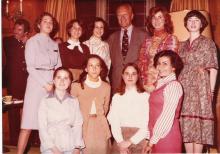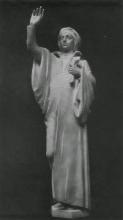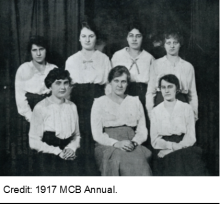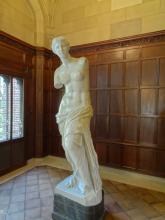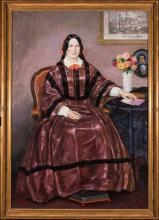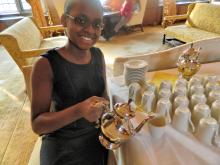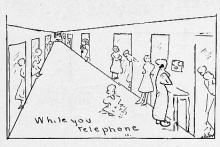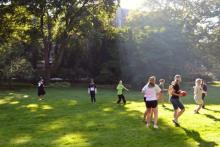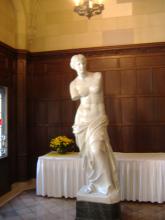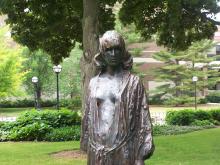The Martha Cook Building’s First 100 Years by Kathy Graneggen Moberg and Catherine Walsh Davis and With Portia O’er the Door, edited by Pamela Sameck Wiedenbeck, published to commemorate Martha Cook’s 100th anniversary, are available on Amazon.com with the “look inside” feature to give you a feel for what they are like.
Each book costs $15. If you prefer not to order online, you may mail a check payable to Kathy Moberg, to 1256 Harwood Cir., Saline, MI 48176. Please add $4 shipping for each book. Profits for both volumes benefit MCB.


